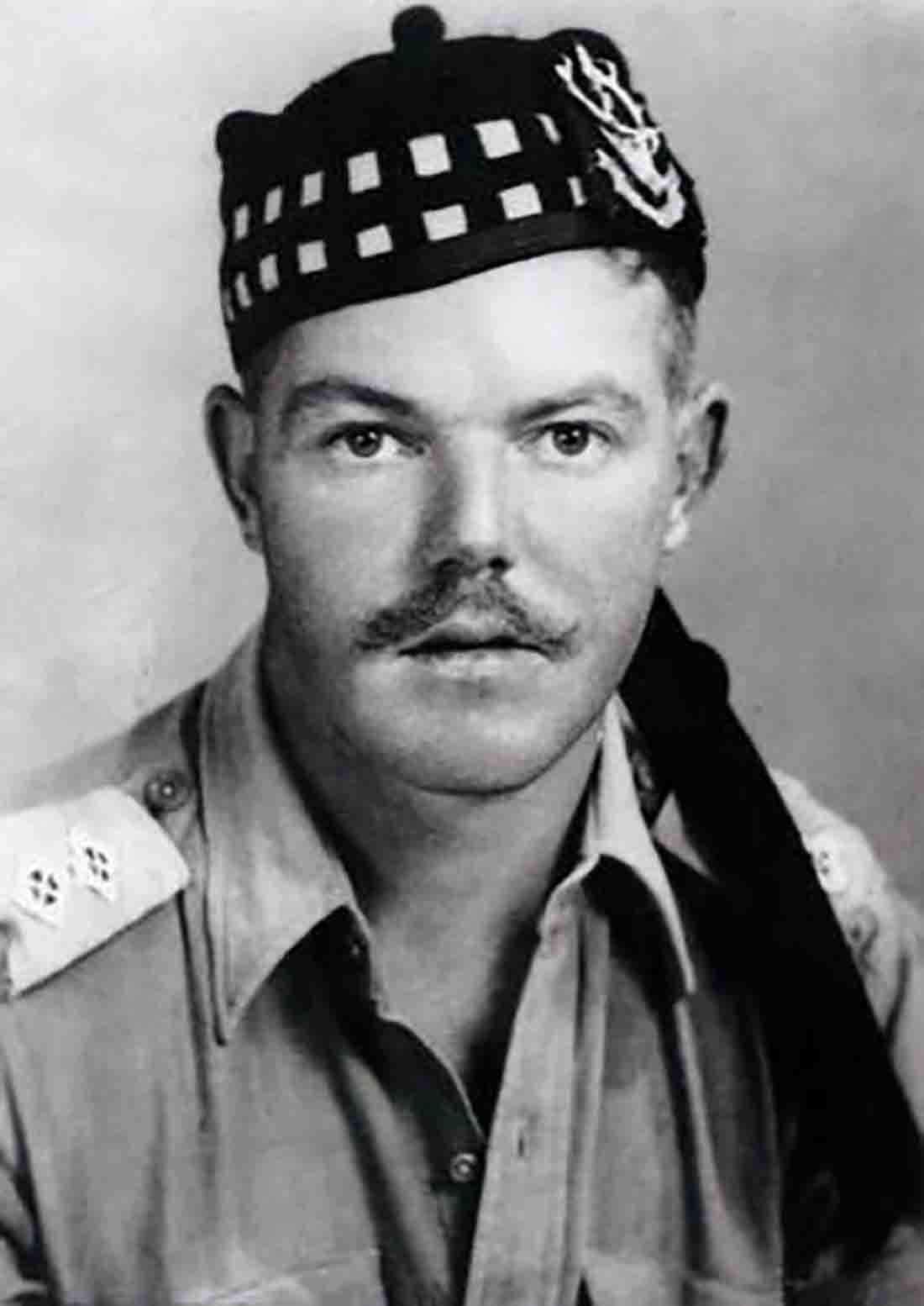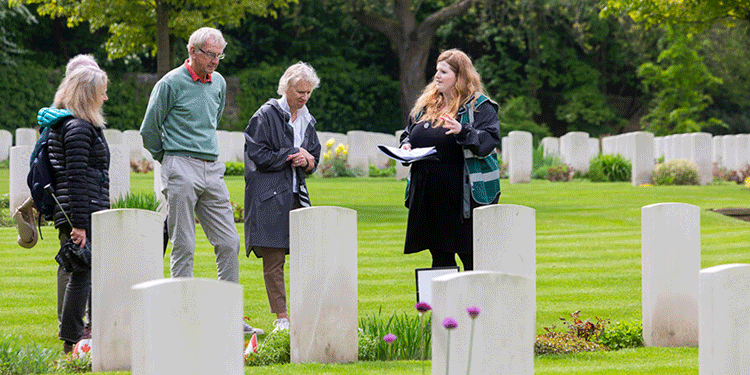
John Alderson was born on 24 December 1915 in Bareilly, Uttar Pradesh, India to John and Dorothy Alderson. He had an older brother Arthur and two sisters, Joan and Barbara.
He attended Westminster School as a King’s Scholar between September 1928 to July 1934 and a very keen sportsman, he was part of the Colts Cricket XI between 1929-1931 and Cricket First XI and football XI between 1932-1934. He also served in the OTC, becoming a Sergeant in 1933.
On leaving school, he worked for a firm of Lloyds Insurance Brokers.
He married Diana on 21 September 1939 at St. Botolph’s, Aldersgate, London and they lived in Harpenden, Hertfordshire.
He was commissioned a Second Lieutenant in the Seaforth Highlanders on 14 January 1940, promoted to Lieutenant on 14 July 1941 and attached to No,3 Commando leading No.6 Troop. He was again promoted to temporary Captain on 13 March 1944 and appointed Regimental Intelligence Officer later that month.
On D-Day, he landed with No.6 Troop on Sword Beach moving through Ranville and onto Amfreville where they engaged the enemy on 8 June. John was wounded in the knee during this and was awarded the Military Cross (MC) for his actions, his citation reading:
"On the morning of 8th June 1944, this Officer was holding a position astride the Le Plein - Languemare Road with one Officer and forty-seven men. The Troop was attacked by a company of German Infantry which established itself in front of the position. Captain Alderson attacked with great determination leading the assault with a T.S.M.G. He himself accounted for a number of the enemy and his men were so inspired by his leadership that they carried on after he was wounded and cleared the entire wood which remains in our hands. Besides approximately 15 enemy killed there were 36 prisoners. Owing to Captain Alderson's skill and courage our own losses were no more than one killed and nine wounded. This success was largely due to Captain Alderson's fine leadership."
John re-joined his unit on18 March 1945 at Smakt, Holland. On 7 April 1945, they crossed the River Weser in support of No.45 Commando and took part in a night march to Leese to capture a V-2 production facility assisted by tanks on 8 April 1945.
John was wounded by a sniper early on in the operation and evacuated by ambulance, sadly succumbing to his wounds later that day.
He was buried at Bohmte and reburied on 27 August 1947 at Rheinberg War Cemetery, Germany in plot 13.B.1.


